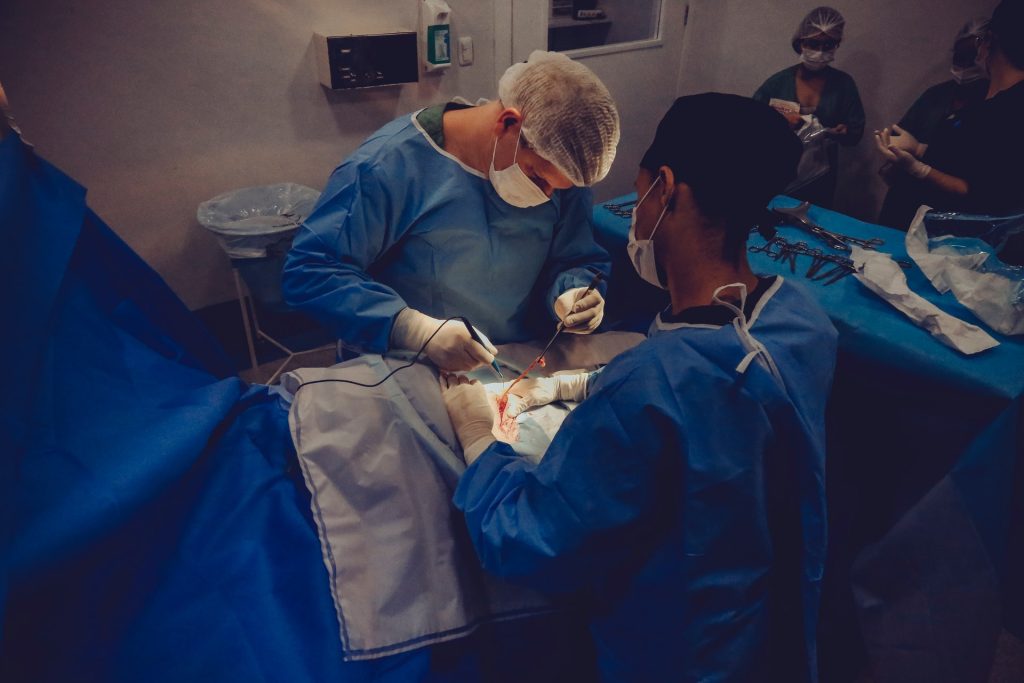Physician Anaesthesiologist-led Teams Reduce Cardiac Arrests and Deaths

Rapid response teams led by physician anaesthesiologists resulted in a significant decrease in cardiac arrest and death, after a transition from nurse-only rapid response teams, according to a study presented at the ANESTHESIOLOGY® 2021 annual meeting.
“As anaesthesiologists, we care for the entire spectrum of a patient’s life from in utero to end of life,” said lead author Faith Factora, MD, medical director, Surgical Intensive Care Unit, Cleveland Clinic. “Our training gives us experience performing practical skills like resuscitation and CPR, in addition to more subtle skills like implementing quality improvement projects and developing safety processes for patient care. Our specialty affects entire patient populations of hospital care and this study represents an example of the care we provide across the spectrum of our patients’ lives and our health care institutions.”
Analysing 458 233 patient hospitalisations, the study found 103 103 patients who were cared for by the original nurse-led rapid response team and 355 130 patients were cared for by the physician anaesthesiologist-led rapid response team. Patients of the physician-led team had a 50% less chance of experiencing cardiac arrest and a 27% less chance of death, compared to the original nurse-led rapid response team.
Rapid response teams address early clinical deterioration, initiating critical care interventions before an emergency or intubation occurs outside of the intensive care unit. By implementing a hospital-wide system led by anaesthesiologists, using principles of monitoring and patient safety that guide the specialty, the physician-led team showed a decrease in cardiac arrests and deaths. The system included early warning systems, including regular monitoring of patients’ conditions and vital sign checks on a regular basis that triggered alerts if critical criteria were met. Examples of conditions that triggered alerts were low blood pressure or high heart rates.
Physician anaesthesiologists are champions of patient safety, uniquely educated and trained for critical moments in health care, with an ability to navigate life-and-death moments in patient care unmatched by other professions. Their education and training is extensive, with up to 14 years of education, including medical school, and 12 000 to 16 000 hours of clinical training.

